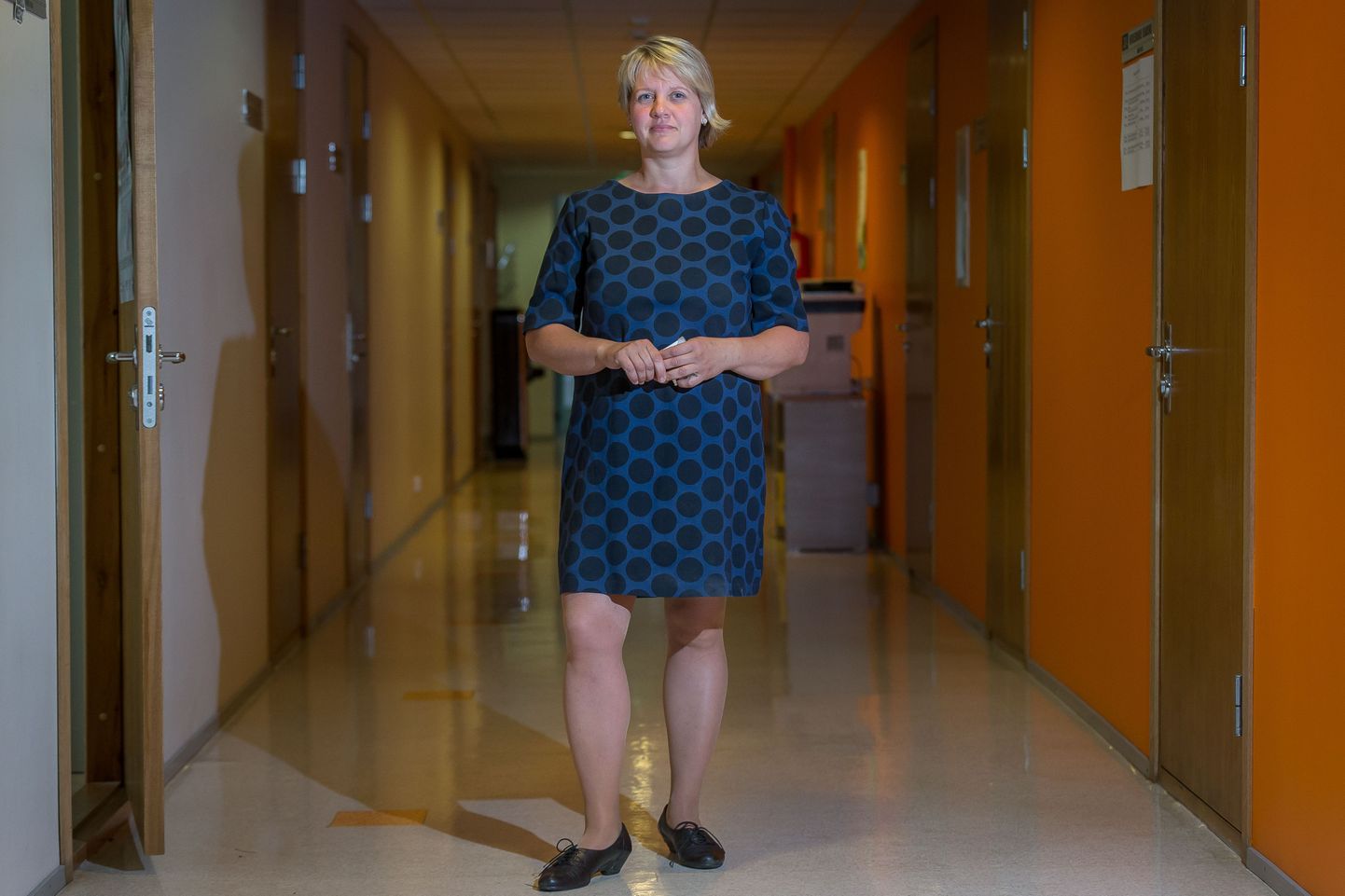-How come you are at this bulky task alone, and with other work to do?
In the public sector, people aren’t relocated as easy as in private sector. According to plans, the cuts will be the toughest in social ministry’s domain – over 200 is planned to be laid off.
-Have you asked for extra staff?
In high likelihood, the refugees-related domain will soon be my main responsibility.
-Will there be a separate department for refugees’ problems?
-But will you at least get yourself a team?
Eh… Can’t comment, that’s for the leadership to decide.
-But you can comment if you need a team, can’t you?
I’d need some extra capacity, at some point the load will be very tough.
-The refugees are soon here, are we on schedule with preparations?
We are on schedule if the initial people might arrive during the first months of next year. We know the people will not come all together – to be received in stages.
-No procurements proclaimed yet.
The procurement will be proclaimed in October, by start of the year we’ll be in contract. We will find a partner who will arrange rentals of housing, and if need be the interiors and repairs of apartments. As well as counselling local governments. As well as people’s access to interpretation and language. Presumably we will have one partner but it is for them to arrange if they do everything or will find further partners.

/nginx/o/2017/01/27/6287643t1hc88d.jpg)